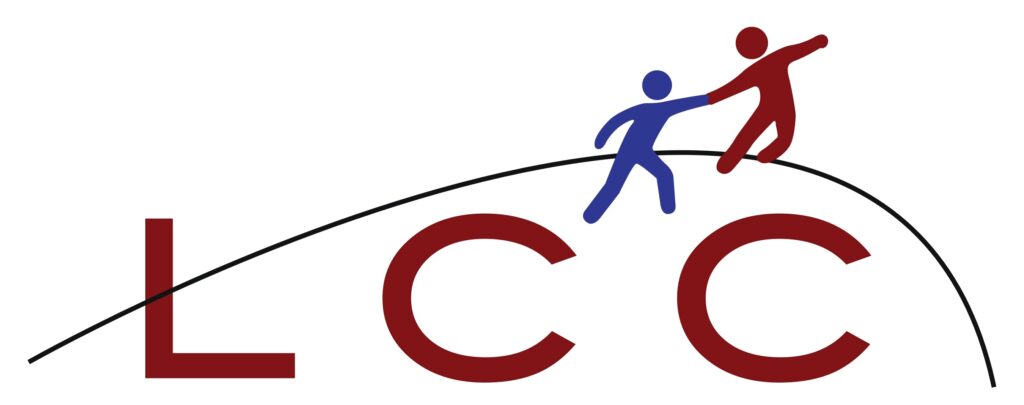Rethinking the College Selection Process…A New (and necessary!) Approach
For the past two decades, it has been an understood fact that admission to colleges would get progressively more difficult through the early 2010s. This view went along rather uninterrupted up until 2008…and then the economy fell apart.
The last several years have dramatically changed everything related to college admissions and the selection process. Students applying to college must now rethink college admissions from the ground up, meaning that they need to start from the beginning: developing a potential school list.
This will be the first in a series of posts dealing with a new approach to picking colleges. It should be mentioned that a “rethinking” of the college selection process does not mean we totally abandon the popular wisdom surrounding it. Students should still develop a balanced distribution of schools where most fall in the target range, with a balance of safety and reach schools. Students should also still apply to the University of California and their own state school systems; even though UC specifically will become more selective over the coming years, a strong GPA, good test scores, and a respectable range of extracurricular activities should get a student admitted to at least a few schools.
Focus on Specialty Rather than Sweatshirt
If there is one consistent quality about most parents, it’s this: They want their kids to go to the best college possible. When asked why, they answer pretty consistently too: They want their children to have lucrative, stable careers. Regardless of what the student might be interested in, though, the coveted schools are inevitably the same: Ivies, and top-tier non-Ivies…what are called the CHYMPS schools – Columbia, Harvard, Yale. MIT, Princeton, and Stanford. More significantly, there is usually little connection between the schools that parents mention and the strength of their child’s intended major.
In other words, the overall reputation of the school rather than the reputation of a school’s particular field of study is what’s in demand. Parents of future business majors develop an obsession with UCLA, and pay no attention to the fact that the school lacks an undergraduate business program. Families looking for good engineering schools think very little of Harvey Mudd and Cal Poly San Luis Obispo – the first one they’ve never heard of, and the second is “just a Cal State school” – although both schools are ranked as two of the best engineering programs in the country.
The strategy for choosing prestige over the strength of a field is fine for students who are ambivalent about their future course of study. But, for the majority who have an idea about their paths, the approach is counterproductive – especially when these “sweatshirt” schools could be seeing more applicants than they’ve ever seen in the past, and might be more out of reach than ever before.
So, the advice: Look for schools strong in a particular major or general field rather than one that simply sounds good after the phrase, “My daughter goes to…” Georgetown University, for instance, has a far better ring to it than Indiana University or Purdue University, but both are ranked above Georgetown in terms of their undergraduate business majors. Similarly, Georgia Tech University is rarely mentioned along with Cornell or Carnegie Mellon, but Tech beats them both in engineering ranking. For journalism, the University of Missouri has a better program than any of the Ivies, and typically places its graduates into the most prestigious papers and magazines in the country.
The objective of this post, and the posts in the coming weeks, is to get people to begin thinking about the college application process a bit differently. Admissions– confusing in a good year – has recently gotten a whole lot stranger.
